In the vast marketplace of global commerce, the concept of "cheap goods" has long been a beacon for thrifty shoppers and budget-conscious consumers. Companies like Temu and Shein have built their empires on the promise of affordable fashion and home goods, sourcing products primarily from China and offering them at prices that seem almost too good to be true. However, the landscape of this affordable shopping paradise is shifting, and the culprit is a familiar one: tariffs.
On Friday, a quiet yet significant change occurred on the virtual shelves of Temu and Shein. Many goods saw their prices rise, a preemptive move in anticipation of new tariffs set to take effect on May 2. The companies had informed their customers of these impending price hikes the previous week, but the reality of the increase still stung. American shoppers, who have largely enjoyed tariff-free shopping on these platforms thanks to an exemption on shipments valued under $800, are now facing a new economic reality.
This exemption, known as "de minimis," is a relic of a more lenient trade policy era. However, with President Donald Trump's executive order earlier this month, the "de minimis" exemption is set to expire on May 2. Businesses will soon have to choose between paying a staggering 120% tariff or a flat $100 fee per postal item. Come June 1, that flat fee will double to $200. The impact of these changes is already being felt.
Consider the example of two patio chairs listed on Temu. On Thursday, they were priced at $61.72. By Friday, the price had jumped to $70.17. On Shein, a bathing suit set that cost $4.39 on Thursday was marked up to $8.39 the next day—a staggering 91% increase. These price hikes are not isolated incidents. They are the direct result of the looming tariffs, as companies scramble to adjust their pricing strategies to absorb the increased costs of doing business.
However, not all items saw a price increase. A smart ring sold on Temu was actually $3 cheaper on Friday than it was on Thursday. This inconsistency highlights the complexity of pricing in the age of tariffs. Prices fluctuate normally in the online marketplace due to a variety of factors, including supply chain disruptions, inventory levels, and competitive pressures. It is impossible to know why certain prices rose while others did not, but one thing is clear: The new tariffs are creating a climate of uncertainty.
In a notice posted online, Shein acknowledged the impact of these changes: "Due to recent changes in global trade rules and tariffs, our operating expenses have gone up. To keep offering the products you love without compromising on quality, we will be making price adjustments." Temu echoed this sentiment in a similar message to its customers, explaining that the price adjustments were necessary to maintain quality while navigating the new trade landscape. Both companies encouraged customers to make purchases before April 25 to avoid the higher prices, but the effectiveness of this strategy remains to be seen. It is unclear whether buyers will be able to avoid the 120% tariffs if their orders arrive after May 2.
The end of the "de minimis" exemption is not just a financial inconvenience for consumers; it is a significant economic shift that will disproportionately impact lower-income households. According to a report by the Trade Partnership Worldwide, an economic research firm analyzing data from the Bureau of Labor Statistics, the lowest-income households in America spent more than triple their share of income on apparel compared to the wealthiest households in 2021. Research from UCLA and Yale economists published in February further supports this, showing that the share of packages delivered under the "de minimis" threshold declines with income. The study found that 48% of packages shipped to the poorest zip codes were under the threshold, compared to only 22% for the richest zip codes in the United States.
This disparity is not just a matter of economics; it is a matter of social equity. The "de minimis" exemption has long been a lifeline for lower-income shoppers, allowing them to access affordable goods that might otherwise be out of reach. With the expiration of this exemption, the cost of living for these households is set to rise significantly. The burden of the new tariffs will fall heaviest on those who can least afford it, exacerbating existing inequalities and potentially pushing some families to the brink of financial hardship.
The impact of these tariffs extends beyond the immediate price increases. It also affects the broader economic ecosystem. Small businesses that rely on affordable imports to stock their shelves will face higher costs, which could lead to reduced inventory or even closures. Local economies that depend on consumer spending may see a slowdown as shoppers cut back on discretionary purchases. The ripple effects of these changes are far-reaching and could ultimately reshape the retail landscape.
Moreover, the tariffs are not just a financial burden; they are a psychological one as well. The uncertainty surrounding trade policies creates a climate of anxiety for consumers and businesses alike. Shoppers may become more cautious, delaying purchases or seeking out alternative products. Businesses may hold back on investments, unsure of how to navigate the shifting economic terrain. This uncertainty can stifle economic growth and innovation, as both consumers and businesses adopt a wait-and-see attitude.
The situation also highlights the interconnectedness of the global economy. The tariffs imposed by the United States are not just a domestic issue; they have far-reaching implications for countries around the world. China, as a major exporter, will undoubtedly feel the impact of reduced demand for its goods. Other countries that rely on trade with the United States may also face economic challenges as the global trade landscape shifts. The tariffs are a reminder that in an interconnected world, economic actions have global consequences.
As the deadline for the "de minimis" exemption approaches, the question remains: What will the new normal look like? Will consumers adapt to higher prices, or will they seek out alternative shopping options? Will businesses find ways to mitigate the impact of tariffs, or will they pass the costs on to consumers? The answers to these questions will shape the future of the retail industry and the broader economy.
In conclusion, the expiration of the "de minimis" exemption and the imposition of new tariffs are more than just economic adjustments; they are a turning point in the world of "cheap goods." The price increases on platforms like Temu and Shein are a harbinger of a new economic reality, one where affordability is no longer a given. The impact of these changes will be felt most acutely by lower-income households, who will face higher costs for essential goods. The broader economic ecosystem, from small businesses to local economies, will also be affected, as the uncertainty surrounding trade policies creates a climate of caution and restraint.
As we navigate this new landscape, it is crucial to recognize the human impact of these policies. The end of the "de minimis" exemption is not just a financial inconvenience; it is a social and economic challenge that requires thoughtful solutions. Policymakers, businesses, and consumers must work together to find ways to mitigate the impact of tariffs and ensure that affordability remains within reach for all. The future of the retail industry and the broader economy depends on it.

By Eric Ward/Apr 29, 2025

By Jessica Lee/Apr 29, 2025

By Lily Simpson/Apr 29, 2025

By Amanda Phillips/Apr 29, 2025
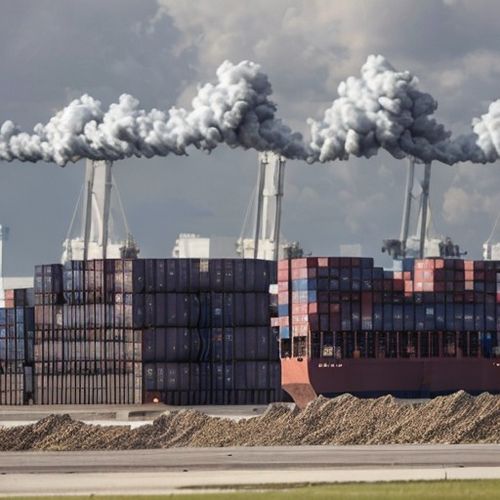
By James Moore/Apr 29, 2025

By Amanda Phillips/Apr 29, 2025

By Sophia Lewis/Apr 29, 2025
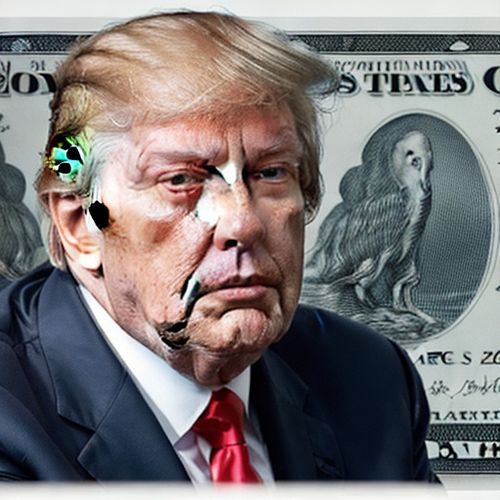
By Ryan Martin/Apr 29, 2025

By Elizabeth Taylor/Apr 29, 2025

By Noah Bell/Apr 29, 2025
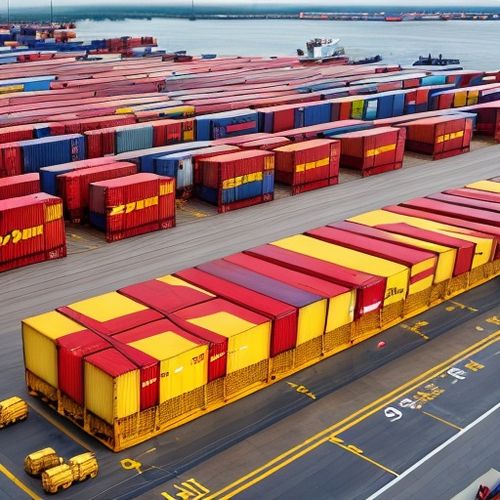
By Emily Johnson/Apr 29, 2025

By Grace Cox/Apr 29, 2025

By Rebecca Stewart/Apr 29, 2025

By Elizabeth Taylor/Apr 29, 2025
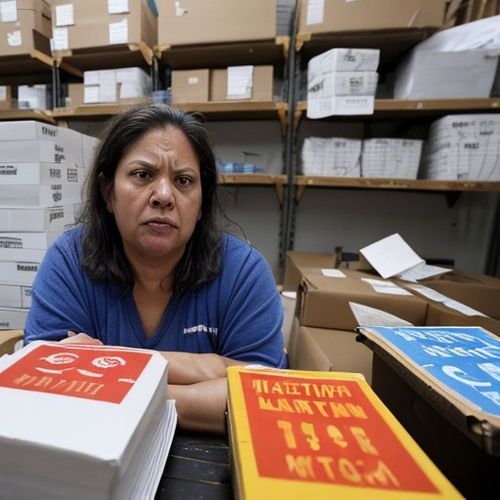
By Michael Brown/Apr 29, 2025
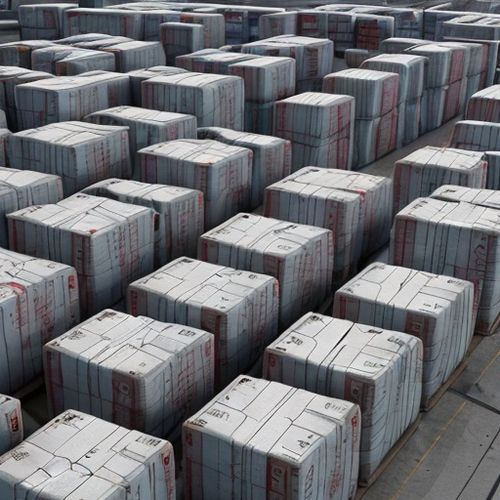
By Olivia Reed/Apr 29, 2025
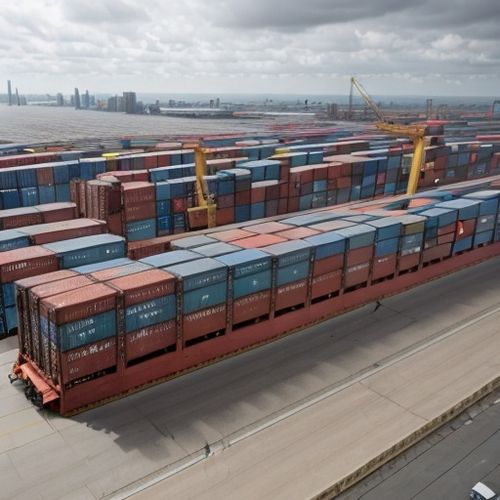
By Daniel Scott/Apr 29, 2025
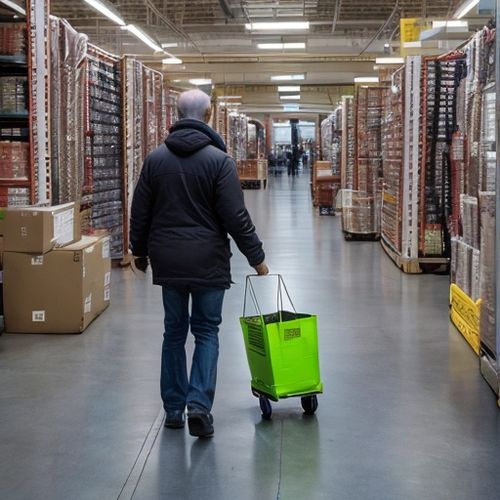
By Joshua Howard/Apr 29, 2025

By Megan Clark/Apr 29, 2025

By John Smith/Apr 29, 2025